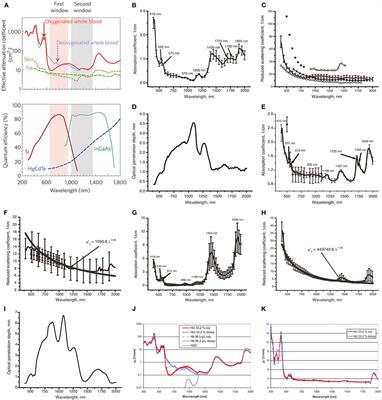EDITORIAL
Published on 02 Sep 2020
Editorial: Nanomedicine for Deep-Tissue High-Resolution Bio-Imaging and Non-invasive Therapy
doi 10.3389/fbioe.2020.01002
- 1,831 views
27k
Total downloads
127k
Total views and downloads
Select the journal/section where you want your idea to be submitted:
EDITORIAL
Published on 02 Sep 2020
ORIGINAL RESEARCH
Published on 20 Mar 2020

REVIEW
Published on 06 Feb 2020

MINI REVIEW
Published on 06 Feb 2020

REVIEW
Published on 30 Jan 2020

REVIEW
Published on 06 Dec 2019

MINI REVIEW
Published on 05 Dec 2019

ORIGINAL RESEARCH
Published on 29 Nov 2019

REVIEW
Published on 28 Nov 2019

ORIGINAL RESEARCH
Published on 27 Nov 2019

ORIGINAL RESEARCH
Published on 26 Nov 2019

ORIGINAL RESEARCH
Published on 22 Nov 2019


Frontiers in Molecular Biosciences